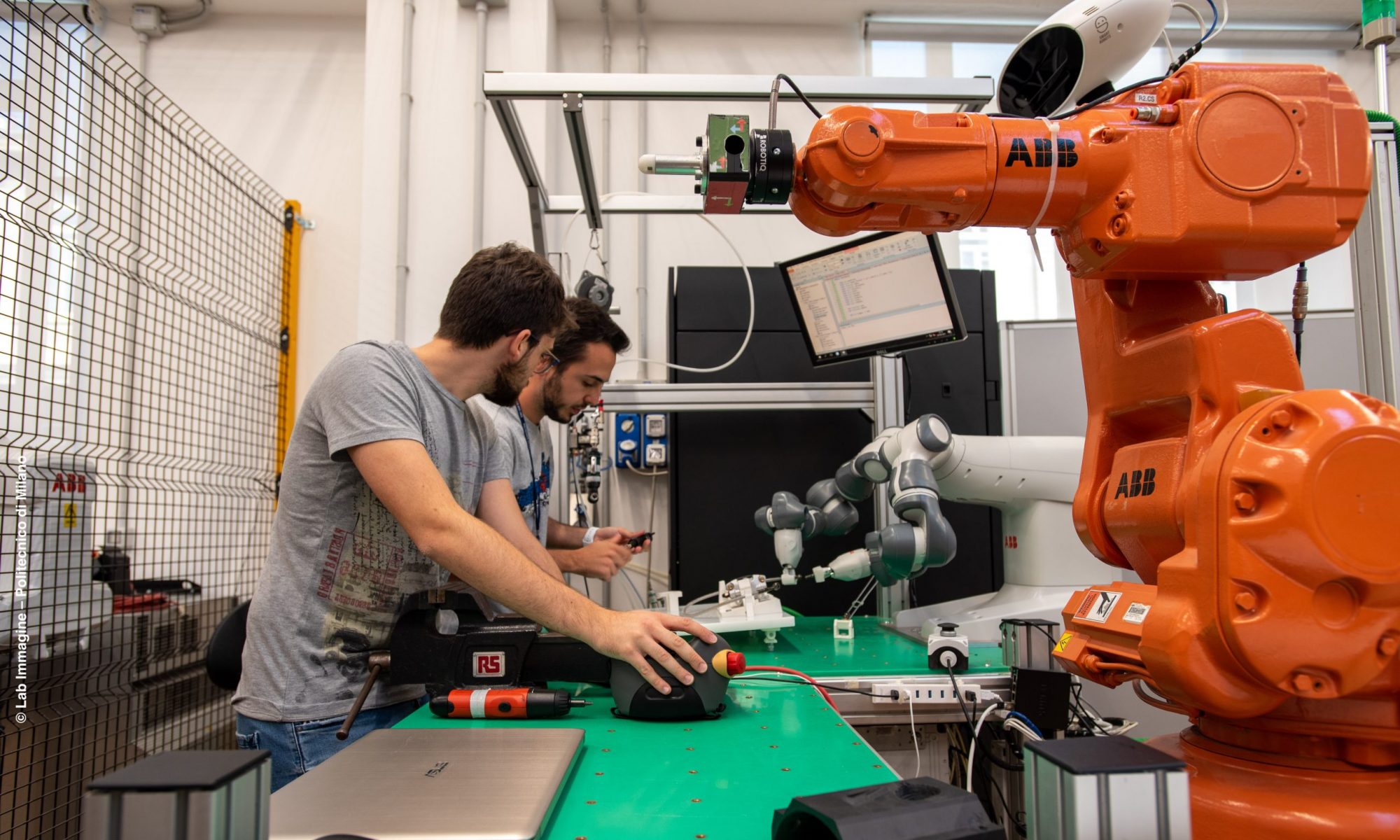KUKA, a renowned industry leader in robotics and automation solutions, recently unveiled our team as the recipient of the KUKA Innovation Award for 2023. This prestigious accolade celebrates exceptional achievements in the field of robotics and automation, recognizing groundbreaking ideas that redefine technology and propel advancements across various industries.
Following an exhaustive selection process, a distinguished panel of judges meticulously evaluated a multitude of submissions from talented participants across the globe. Each entry showcased remarkable creativity, technical expertise, and a profound vision for revolutionizing the realm of automation.
Continue reading “MERLIN wins the KUKA Innovation Award 2023”